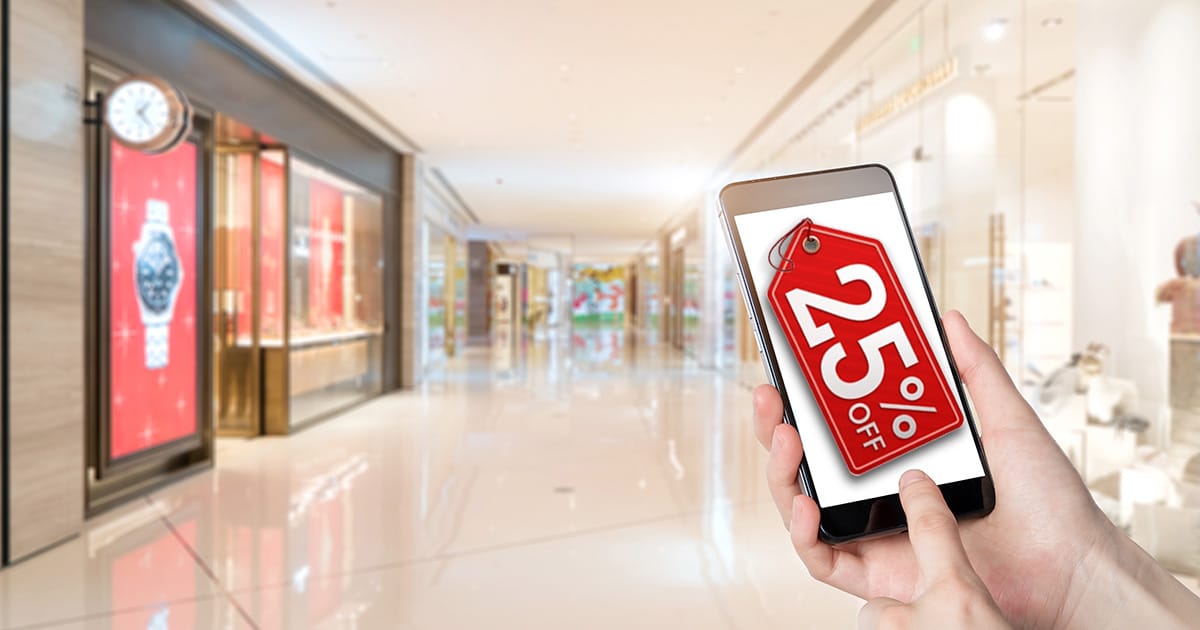Table of Contents
Winter and holiday seasons are the busiest times for brands. Customers expect timely offers, festive updates, and personalized messages. SMS marketing is perfect because it reaches customers directly on their phones. Unlike email or social media, SMS delivers instant visibility.
Seasonal SMS campaigns work best when they combine creativity, timing, and relevance. They can boost engagement, increase conversions, and strengthen customer loyalty. This guide provides actionable ideas for winter and holiday SMS campaigns in 2025.

Why Seasonal SMS Campaigns Work
During the holidays, consumers check their phones more frequently. They look for deals, reminders, and event updates. SMS stands out because it lands directly in their inbox, is quick to read, and encourages fast action.
Furthermore, seasonal campaigns create urgency. Limited-time offers, flash sales, and holiday-exclusive discounts push customers to act immediately. By combining urgency with personalization, brands can drive higher engagement and conversions than other channels.
Even small seasonal touches, like festive emojis or themed language, make messages more appealing. Consumers associate these touches with excitement and the holiday spirit, increasing the likelihood of clicks.
Winter-Themed Campaign Ideas
Winter campaigns focus on warmth, comfort, and seasonal needs. Brands can promote products or services tied to cozy experiences.
For example, a clothing retailer could send: “Stay cozy this winter! 20% off all jackets this week only. Shop now: link.”
A coffee shop might send: “Warm up your mornings! Buy one latte, get one free until Dec 20. Visit us today.”
Even simple SMS with winter emojis like or snowflake banners catches attention. Short, clear messages with a direct CTA work best, especially during the busy winter months.
Retailers can also highlight winter essentials like scarves, gloves, or boots. By grouping products into themed bundles, SMS messages become more relevant and actionable.
Holiday-Themed Campaign Ideas
Holidays demand creativity and a sense of urgency. Customers shop for gifts, plan events, and look for seasonal discounts. Holiday SMS campaigns should focus on these behaviors.
Some examples include:
- Gift reminders: “Last chance! Order gifts by Dec 22 for guaranteed delivery. Shop now: link.”
- Flash sales: “Holiday Flash Sale! 30% off all electronics today only. Don’t miss out: link.”
- Event invitations: “Join our Holiday Party this Friday at 6 PM. RSVP here: link.”
Festive emojis, countdowns, and holiday language make the SMS feel special. Short, visually appealing messages perform better than long explanations during this busy season.
Brands can also use themed campaigns for Valentine’s Day, New Year, or local winter festivals. Each event provides an opportunity to engage customers in a timely and relevant way.
Personalization Tips
Personalization improves engagement significantly. Even a simple touch like including the recipient’s name increases open rates.
Segmenting your audience is key. Consider:
- Previous purchase history (gift buyers vs. regular shoppers)
- Geographic location (promotions for local stores or events)
- Interests or browsing behavior (products viewed but not purchased)
Example: “Hi Emma, your favorite skincare gift sets are 20% off this week. Order now: link.”
You can also personalize offers based on loyalty programs. VIP customers might receive early access to sales, while first-time buyers get discounts for their first holiday purchase. This strategy drives both engagement and conversions.
Timing and Frequency
Timing is critical for seasonal campaigns. Send messages too early, and they may be ignored. Send them too late, and customers might miss the opportunity.
Consider the following timing strategies:
- Pre-holiday offers: 2–3 weeks in advance
- Flash sales: peak shopping days like Black Friday and Cyber Monday
- Last-minute reminders: 1–2 days before shipping deadlines
Frequency matters as well. Limit non-urgent SMS to 2–4 per week to prevent fatigue. Urgent notifications, such as order confirmations or event reminders, can be sent more frequently without causing annoyance.
Experiment with sending messages at different times of the day. Retail campaigns often perform well in the afternoon or early evening, while services may do better in the morning. Tracking engagement helps identify the best timing for your audience.
Incorporating Multimedia SMS
Adding images, GIFs, or short videos enhances engagement. Multimedia SMS (MMS) makes messages more visually appealing, helping products stand out during the busy holiday season.
For example, a toy store could send a GIF of a popular toy in action, with a direct “Shop Now” link. A clothing retailer could include a carousel of winter outfits, each linking to a product page.
Even simple visuals like festive banners, gift ideas, or limited-time discount graphics make SMS more compelling. Multimedia encourages clicks, improves brand recall, and provides a richer experience than plain text.
Integration with Other Channels
SMS is most effective when paired with other marketing channels. Emails can provide detailed catalogs or newsletters. Social media posts reinforce the message visually.
Example: A retailer emails a holiday catalog and follows up with an MMS: “Holiday Sale Alert! Top 5 gift picks for you. Order before Dec 22: link.”
This approach ensures customers see the message multiple times and across different platforms. Repetition combined with urgency drives conversions.
Tracking and Optimization
Data is essential for improving campaign performance. Track delivery rates, open rates, click-throughs, and conversions. Compare MMS against plain SMS to determine what drives more engagement.
Test different strategies:
- Message timing
- Personalization versus generic texts
- Multimedia versus plain text
A/B testing helps identify the best-performing messages. By continuously optimizing campaigns, brands can achieve higher engagement and maximize seasonal conversions.
Compliance and Respect
Always use opt-in lists and provide a clear opt-out option, such as “Reply STOP to unsubscribe.” Avoid sending messages late at night. Respecting privacy builds trust, encourages long-term engagement, and prevents complaints.
Customers who feel in control are more likely to stay subscribed and engage with future campaigns. Compliance ensures the brand maintains a positive reputation during peak seasons.
Best Practices Summary
- Keep messages short and concise (under 160 characters)
- Use clear calls-to-action like “Shop Now” or “Order Today”
- Segment lists for relevance
- Personalize messages wherever possible
- Limit non-urgent messages to 2–4 per week
- Include opt-out instructions in every message
- Track results and refine campaigns regularly

Conclusion
Winter and holiday seasons are ideal for SMS marketing. Seasonal campaigns increase visibility, engagement, and conversions. By combining personalization, multimedia, strategic timing, and multi-channel integration, brands can maximize their impact.
When done right, SMS becomes more than a marketing tool. It helps brands stand out, delight customers, and drive sales during the most competitive time of the year. Creative and well-timed campaigns ensure messages are noticed, remembered, and acted upon.






